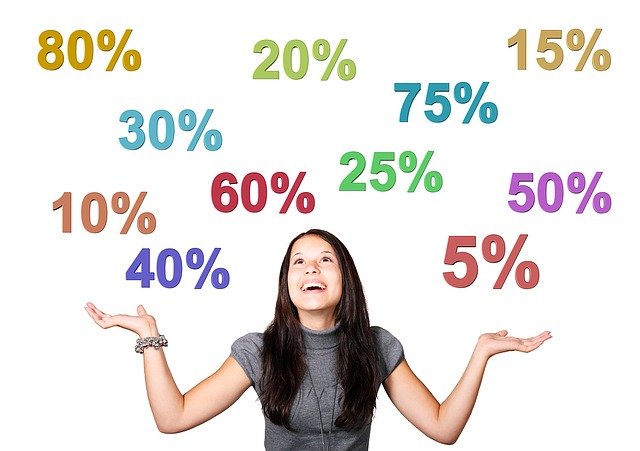Think about when you last went to your favourite shop or restaurant. Chances are you were comfortable in that environment and in some cases, employees would recognise you and know what you like. Whether that’s your usual coffee order, or simply what clothes you like to wear – most of us would agree that personalisation makes a difference.
And e-commerce is no different. According to research, 72% of consumers only engage with personalized marketing messages, and 91% are more likely to buy from brands that recognize them and provide relevant offers.
Table of Contents
How to create personalisation in e-commerce?
So, it’s been established that personalisation is important – but you may be wondering how exactly you can do this. Broadly speaking, there are 4 different ways to do create personalisation.
- Create buyer personas
Firstly, you’ll want to create buyer personas. These will help you segment your audience by understanding customers’ needs and motivations. Then, you can tailor messaging and offers to suit each persona.
- Use customer data
Customer data is an important tool in your arsenal. By collecting data about your customers (such as what they have bought before and their past shopping habits), you can begin to connect with customers and personalise what shoppers see on your website.
However, it’s important to abide by GDPR regulations if you’re collecting and using customer data.
- Use omnichannel marketing
Omnichannel marketing connects marketing streams together to provide a more connected and comprehensive user experience. One way to use this principle is by offering vouchers to online shoppers that can be redeemed online or in-store.
- Personal product offerings
How many times have you gone to check out online and seen a ‘frequently bought together tab’, proceeding to hurry to add a few more things to your basket? We’d guess a few.
The e-commerce companies that are doing best are harnessing the power of personal marketing to recommend products. The result? Increased sales and customer loyalty.
The benefits of good personalisation
Now you know how to personalise the user experience, you may be interested to know why you should consider doing so.
Firstly, personalization drives impulse purchases. By using data and personalisation to collect valuable intelligence on what a customer likes to buy and may be tempted by, you can lure customers to the dark side to add impulse purchases to their carts – much like near supermarket checkouts!
As a result of that, personalisation also leads to increased revenue and sales. As customers are more likely to buy something more expensive if they receive a personalized service, it makes personalisation a key driver for increased revenue.
And if that wasn’t enough, personalisation also leads to increased loyalty, with customers more likely to buy from someone that understands their needs. Out of the hundreds of marketing emails that consumers get daily, it’s important to make yours stand out to yield good results.
Examples of brands that have got it right
Amazon
Leading the way in terms of personalisation is retail giant Amazon. With profits soaring by 46% in the past year, it’s clear they are doing something right.
One of the ways in which they are doing so well is due to their extensive personalisation program. Amazon were one of the first companies to show what products other customers also purchased, what items can be bundled with the item in their basket, and additional recommended products.
Not only this, but Amazon have also launched a personal shopping service for their Prime members. The result of this level of personalisation? Billions in profits.
Sephora
Another company doing personalisation right is Sephora. The epitome of omnichannel marketing, Sephora have used their digital channels to book in-store makeovers and consultations. After this, the products used will be input back onto their account, for them to purchase later. Not only this, but all platforms will display the customers loyalty points and purchasing patterns. So much so, even the in-store sales assistants can see this data!
This level of joined up marketing is yielding big results, with Sephora looking to take over the European cosmetics market.
In conclusion
Although it can be tricky knowing where to start, the benefits of personalisation are not to be understated. From increased profits to more loyal customers, it pays to be personal. And yet, it’s not always easy.If you’re not sure where to begin, a good place to start is by seeking the advice of an e-commerce agency. This will enable your brand to cover all areas of personalisation to gain the highest levels of customer loyalty, so you can ensure your strategy is right from the off.


